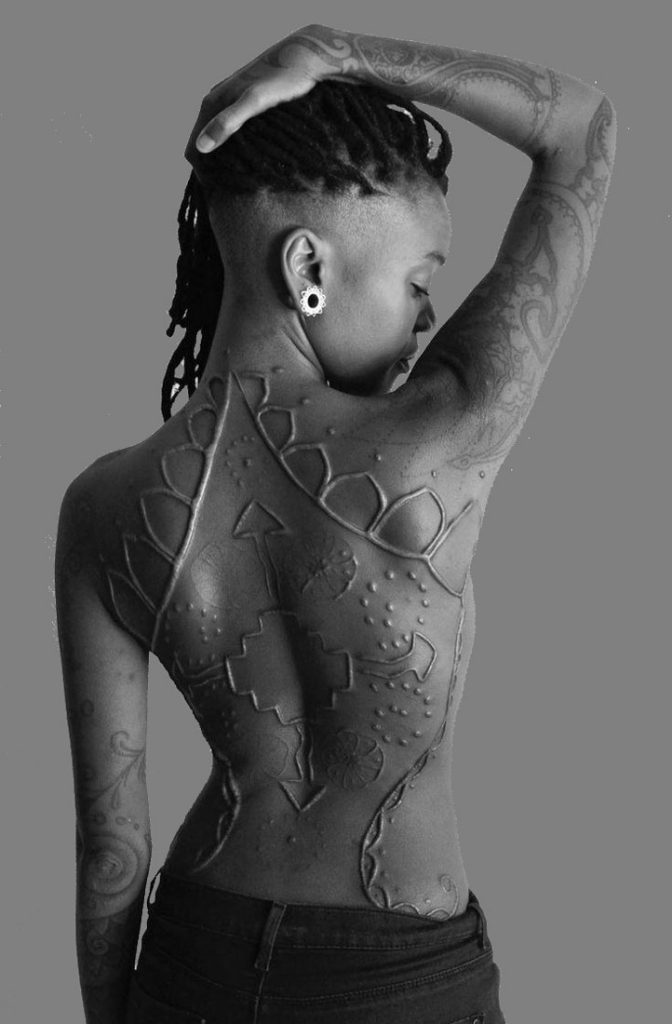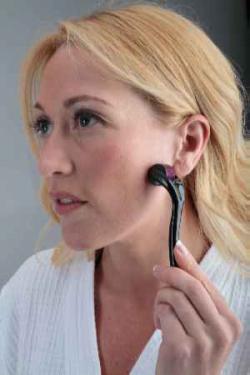How Scar Management Began and Where it Stands Today

Keloids artfully carved on tribeswoman
Silicone Sheeting for Keloids and Hypertrophic Scars—by Doctor’s Prescription Only
ReJuveness silicone sheeting for problem scarring was introduced in 1996. Before that the product was marketed as Silk-Skin. Silk-Skin was a prescription-only device with whats called a FDA 510 or like device to Sil-K the silicone occlusive sheeting (Degania, Israel). The product was initially marketed to and distributed through plastic surgeons, dermatologist, burn centers, hospitals, and pharmacies. ReJuveness silicone sheeting was developed by engineers from GE Silicones, the inventors of silicone.
The Scarring Patient—Abandoned by Their Doctors: A tribute to Dr. Earl Peacock
The ReJuveness marketing breakthrough came in 1996 after contacting the teacher, plastic surgeon, and scarring expert Dr. Erle Peacock. I had read his comprehensive textbook, Wound Repair, and was more than impressed by the style and depth of writing. In short, I was a fan, probably one of his only. One day I worked up the courage to call Dr. Peacock to see if I might get any insight into the present state of the art of scar management.

